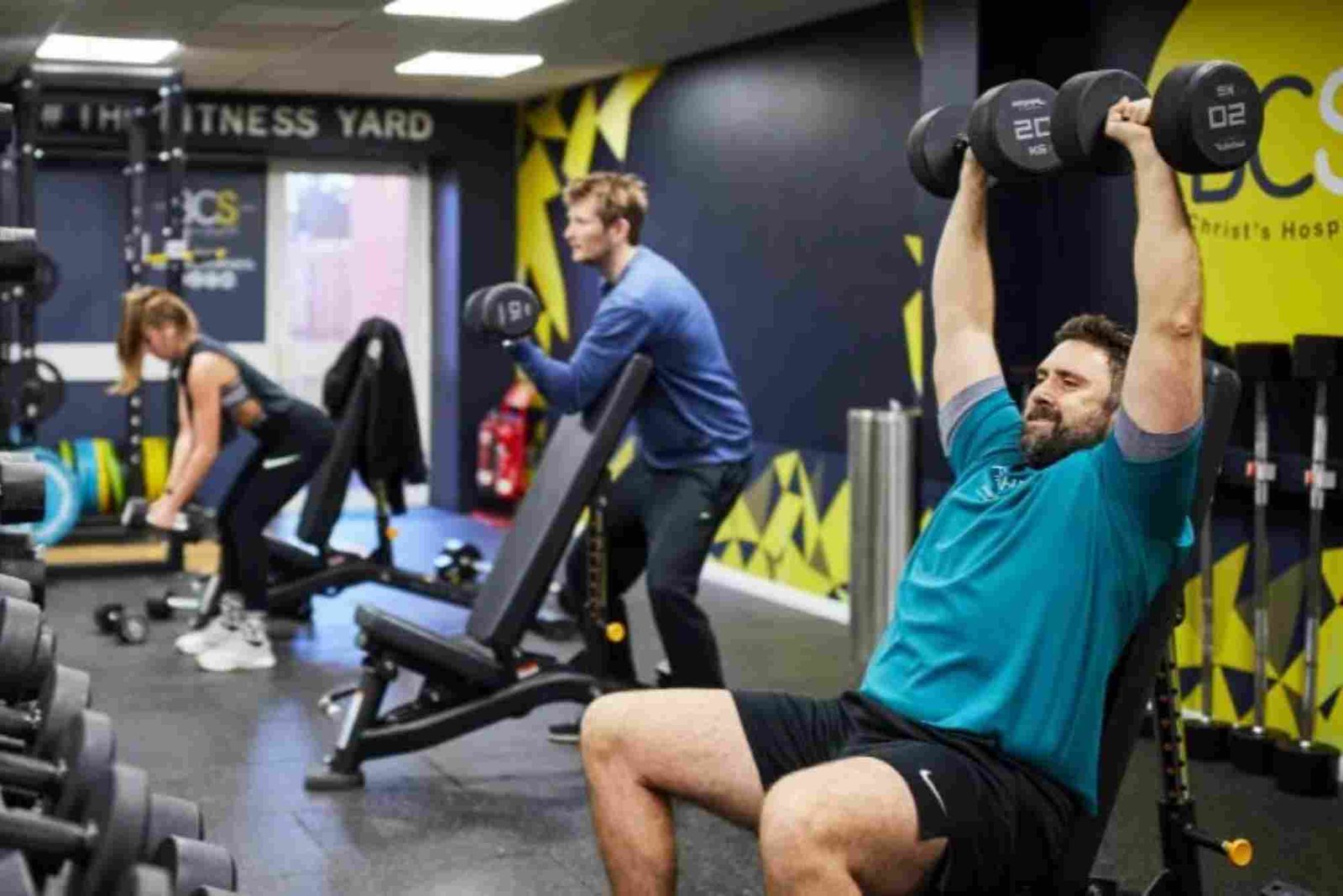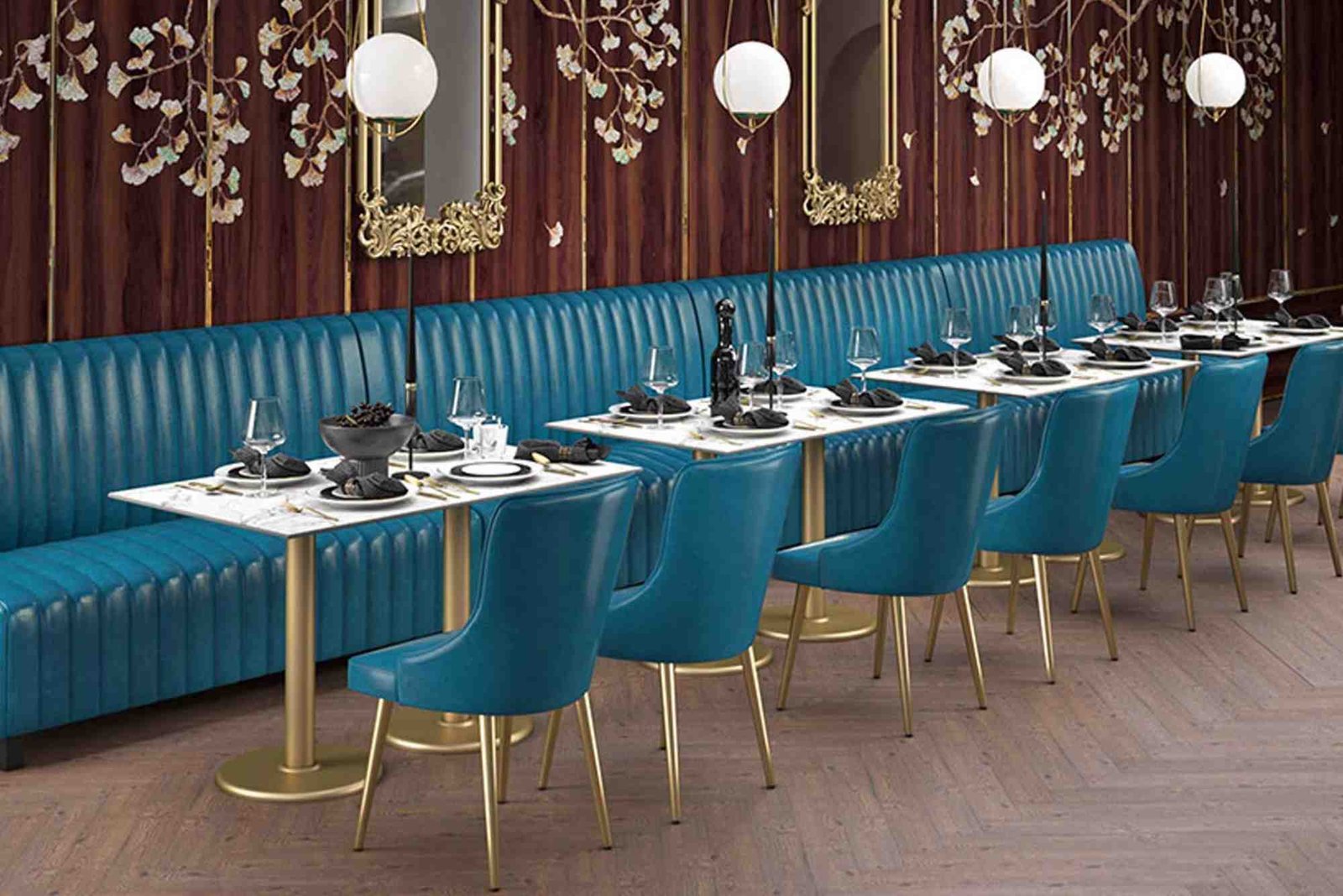The 1980s were a dynamic era for men’s fashion, marked by bold colors, innovative designs, and cultural influences that created a distinctive style still celebrated today.
This article delves into the key elements that defined 80s men’s fashion, from cultural impacts to iconic clothing items and their lasting legacy.
Cultural and Social Influences
Pop culture played a pivotal role in shaping 80s men’s fashion. Music icons like Michael Jackson, Prince, and David Bowie set trends with their unique styles.
Michael Jackson’s red leather jacket from the “Thriller” music video became an iconic piece, symbolizing the fusion of music and fashion.
Prince’s flamboyant and gender-fluid outfits challenged traditional norms and introduced a more expressive and eclectic style.
David Bowie’s ever-evolving looks, from his Ziggy Stardust persona to his sleek suits in the “Let’s Dance” era, showcased a blend of avant-garde and mainstream fashion.
Television shows and movies also left an indelible mark on 80s fashion. “Miami Vice” popularized pastel suits, often worn with T-shirts and loafers without socks, creating a relaxed yet stylish look. “Top Gun” brought military-inspired fashion to the forefront, with aviator sunglasses and bomber jackets becoming must-have items.
These media influences not only set trends but also reflected the broader cultural shifts of the decade, emphasizing individualism and breaking away from conservative styles.
Subcultures, including punk, new wave, and hip-hop, brought their own distinct fashion statements. Punk fashion, characterized by ripped clothing, leather jackets, and safety pins, embodied a rebellious and anti-establishment ethos.

New wave fashion was more colorful and futuristic, with bands like Devo and Duran Duran donning eccentric outfits that combined elements of art and technology.
Hip-hop introduced oversized clothing, gold chains, and athletic wear into mainstream fashion, with artists like Run-D.M.C. and LL Cool J setting trends that blended street style with a sense of luxury.
Skate culture and surf culture further diversified the fashion landscape with their casual and sporty styles, often featuring graphic tees, baggy shorts, and Vans sneakers.
Key Fashion Trends
The 80s were synonymous with bold colors and patterns. Neon colors and vibrant patterns were ubiquitous, reflecting the decade’s exuberance and optimism.
From neon green to electric pink, these bright hues were seen in everything from casual wear to formal attire.
Patterns such as animal prints and graphic tees added a wild and expressive edge to everyday outfits. Zebra stripes, leopard spots, and bold geometric prints were not just reserved for women’s fashion but were also embraced by men, challenging traditional notions of masculinity.
Iconic clothing items of the decade included power suits, characterized by wide shoulders and narrow waists, embodying the era’s corporate culture and emphasis on power dressing. The power suit, often in bold colors or pinstripes, became a symbol of success and ambition.
Jackets
Leather jackets and bomber jackets, popularized by movie stars and rock musicians, became symbols of rebellion and coolness. These jackets were often adorned with metal studs, patches, or graffiti, adding a personalized touch.
Denim saw a significant transformation, with acid-wash jeans and denim jackets becoming wardrobe staples. Acid-wash jeans, with their distinctive faded and bleached look, were often paired with oversized denim jackets for a double-denim ensemble.
Parachute pants and track suits, often made from shiny synthetic fabrics, reflected the decade’s fascination with futuristic materials and athletic influences.
Parachute pants, with their baggy fit and numerous zippers, were both practical and stylish, while track suits from brands like Adidas and Nike became everyday wear, blurring the line between sportswear and casual fashion.
Accessories were equally bold. Chunky jewelry, including gold chains and bracelets, were a nod to hip-hop culture. These oversized accessories were statements of wealth and status, often worn layered for maximum impact.
Aviator and Wayfarer sunglasses added a touch of Hollywood glamour, while headbands and wristbands highlighted the influence of sports and fitness on everyday fashion.
Headbands, often made of terry cloth, were popularized by tennis players and fitness enthusiasts, adding a sporty flair to casual outfits.
Fabrics and Textures
Synthetic fabrics like nylon, polyester, and spandex were popular in the 80s, reflecting the era’s fascination with new materials and futuristic designs.
These fabrics were not only practical but also allowed for greater flexibility and creativity in fashion design. Nylon windbreakers, polyester shirts, and spandex leggings became common, often in bold colors and patterns that emphasized the wearer’s individuality.
Denim was a versatile and beloved fabric, with acid-wash styles adding a rebellious twist. Acid-wash denim, created through a chemical process that faded the fabric, became a symbol of the decade’s DIY ethos.
This distressed look was popular in jeans, jackets, and even skirts, reflecting a break from the polished styles of previous decades.
Leather remained a staple, with leather jackets and pants symbolizing a rebellious and edgy attitude. The popularity of leather was influenced by both the punk movement and mainstream media, with icons like Marlon Brando and James Dean setting the standard for leather’s cool factor.
Leather was often paired with metal accents, such as studs and zippers, adding to its tough and rugged appeal.
Hair and Grooming
Hairstyles in the 80s were as bold as the fashion. Big hair and mullets were common, with men often using significant amounts of hairspray to achieve the desired volume.
The mullet, characterized by short hair in the front and long hair in the back, became a defining look of the decade. Jheri curls, a glossy and tightly curled style popularized by African American men, required regular maintenance and special products to achieve its signature look.
Flat tops, another popular style, featured a high and flat silhouette that was particularly prominent in hip-hop culture.

Facial hair trends included stubble and well-groomed beards, adding to the rugged and masculine aesthetic of the decade.
The “five o’clock shadow” look, made famous by actors like Don Johnson in “Miami Vice,” became a symbol of casual coolness, blending the line between clean-shaven and full beard.
Influence of Sports and Fitness
The 80s saw the rise of athleisure, with sportswear becoming an integral part of everyday fashion. Brands like Adidas, Nike, and Reebok were not just athletic wear but fashion statements.
Tracksuits, sneakers, and sports jerseys were worn both in and out of the gym, reflecting a broader cultural emphasis on health and fitness.
The popularity of aerobics and fitness videos, led by figures like Jane Fonda and Richard Simmons, also contributed to the widespread adoption of athletic wear in casual settings.
The bodybuilding culture, epitomized by figures like Arnold Schwarzenegger, influenced male physique ideals and fashion choices.
Men aimed for a muscular build that complemented their fitted clothing, with bodybuilding competitions and fitness magazines promoting the benefits of strength training. This focus on physical fitness was reflected in fashion, with tight T-shirts, tank tops, and shorts showcasing the wearer’s physique.
Legacy and Revival
The influence of 80s fashion continues to be felt in modern styles. Many trends from the decade have seen a resurgence, with designers and brands often drawing inspiration from 80s aesthetics.
High-waisted jeans, neon colors, and oversized blazers have made comebacks on runways and in streetwear, proving the lasting appeal of 80s fashion.
Vintage shops and online marketplaces have also seen increased demand for authentic 80s clothing, with enthusiasts seeking original pieces from the era.
Recent movies, TV shows, and music videos have celebrated and revived 80s fashion, introducing it to new generations and ensuring its lasting impact.
Shows like “Stranger Things” and movies like “Ready Player One” have paid homage to 80s style, incorporating iconic fashion elements into their characters’ wardrobes. Music videos by contemporary artists have also embraced 80s aesthetics, blending retro looks with modern sensibilities.
The 1980s were a groundbreaking decade for men’s fashion, characterized by bold choices and significant cultural influences. From the power suits of Wall Street to the rebellious leather jackets of rock stars, 80s fashion was diverse and dynamic.
Its legacy endures, proving that the bold and eclectic spirit of the 80s continues to inspire and influence contemporary fashion.
Whether through revived trends or nostalgic celebrations, the 80s remain a vibrant and influential era in the world of men’s fashion.








